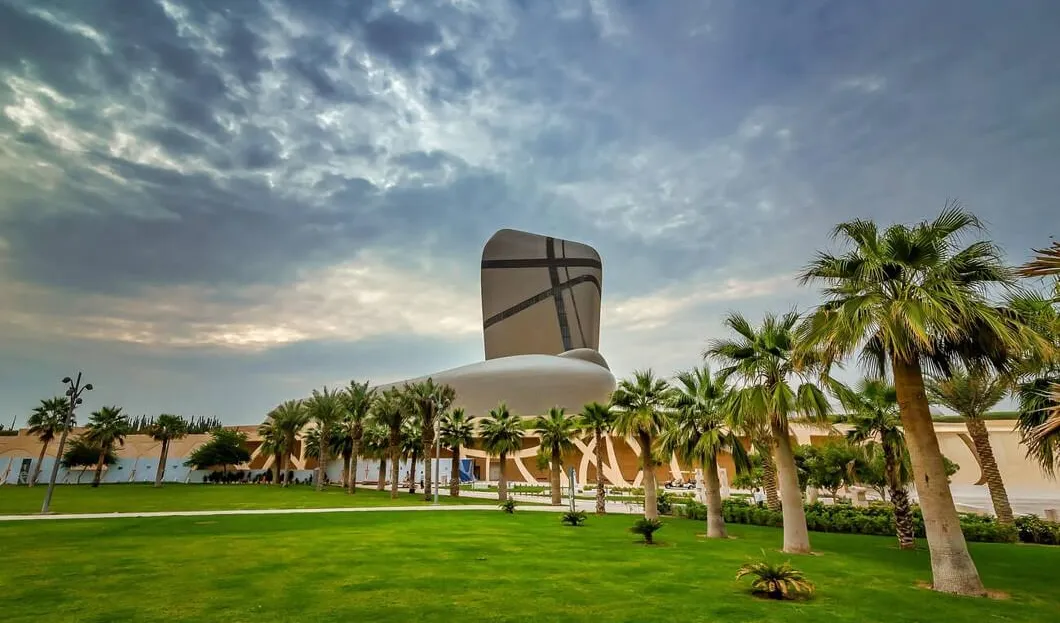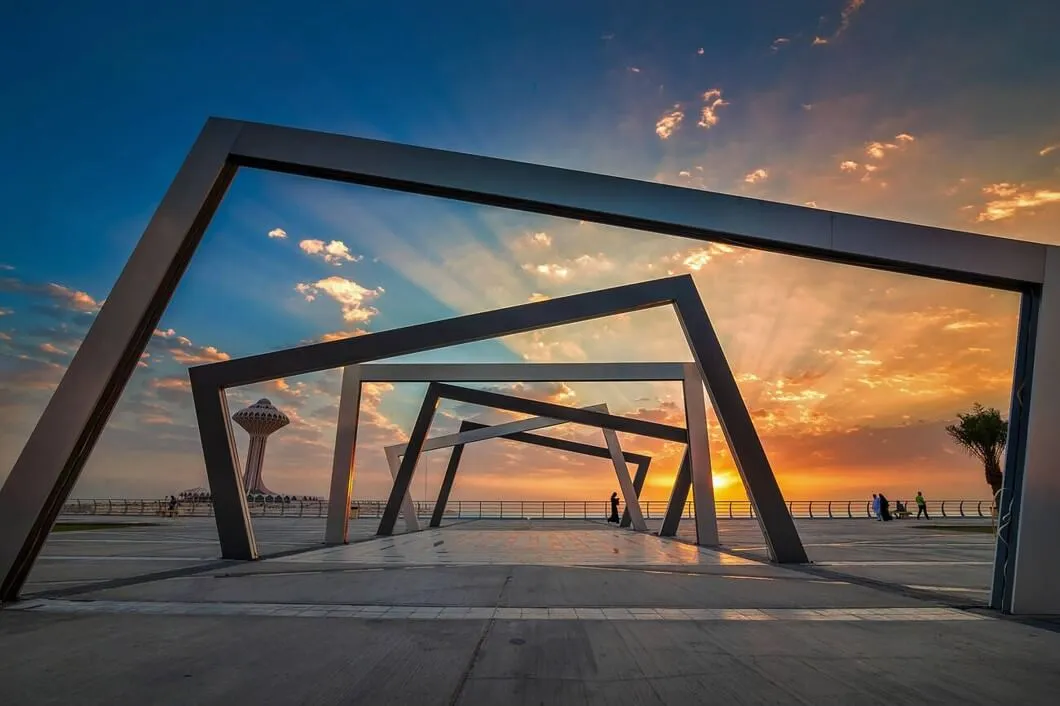
Crown Prince Mohammed bin Salman, newly appointed prime minister, is pulling out his wallet to compete with Dubai and counteract dependence on oil by attracting the interest of foreign companies. The aim is to turn Saudi Arabia into a tourism mecca.
In Saudi Arabia, people pray in public and party at home. Women wear their best clothes in private, but hide everything but their eyes under black abayas when they walk down the street. It is even common for them to hide behind screens in restaurants to avoid being seen by other diners and for their faces to be blurred on billboards. And although driving is now legal, they are still second-class citizens.
The stark contrast between the nomadic tradition of the Bedouins, the Islamic religion taken to the extreme, and the modernity represented by tall skyscrapers and luxury cars, has been described by numerous foreign observers.
Saudi Arabia wants to attract tourists, aware that it is a country that is larger and richer in natural and historical heritage than its neighbor Dubai, an emirate that has become in recent decades a global financial center, capable of attracting large fortunes and luxury lovers to the Middle East. Until recently, the Saudi kingdom did not offer tourist visas beyond those granted to believers on pilgrimage to the holy cities of Mecca and Medina; but things are changing.
Under the Vision 2030 strategy (to diversify a highly oil-dependent economy) and under the supervision of Crown Prince and Prime Minister Mohammed bin Salman, the Saud absolute monarchy plans to invest $1 trillion over ten years to make the kingdom a mass tourist destination and tourism mecca.

Bin Salman wants to attract 55 million international tourists a year by 2030, just over half of those who visited France in 2019. Nearly 3.5 million arrived last year - excluding religious pilgrims - and 6.1 million in the first half of 2022, reported in early September.
To achieve this, the Saudis are moving on all fronts: they are promoting the birth of the cruise sector in the country, the construction of luxury resorts on the Red Sea coast and eco-lodges in the desert.
The Arab kingdom has six UNESCO World Heritage Sites, including the al-Ahsa oasis, the archaeological site of Hegra (known as the Saudi Petra), the historic city of Jeddah, the rock paintings in the Hail region and the district of At-Turaif in Diriyah, the former capital of the Saud dynasty. Precisely in Diriyah, located north of Riyadh, its restoration is underway and an investment of 40 billion dollars has been announced to build a tourist complex that will include luxury hotels and restaurants recognized with the famous Michelin stars.
What should not be forgotten are the mega-projects such as Neom, in the Gulf of Aqaba, which will include a unique urban development project called The Line, stretching 100 kilometers in a straight line across the desert.










